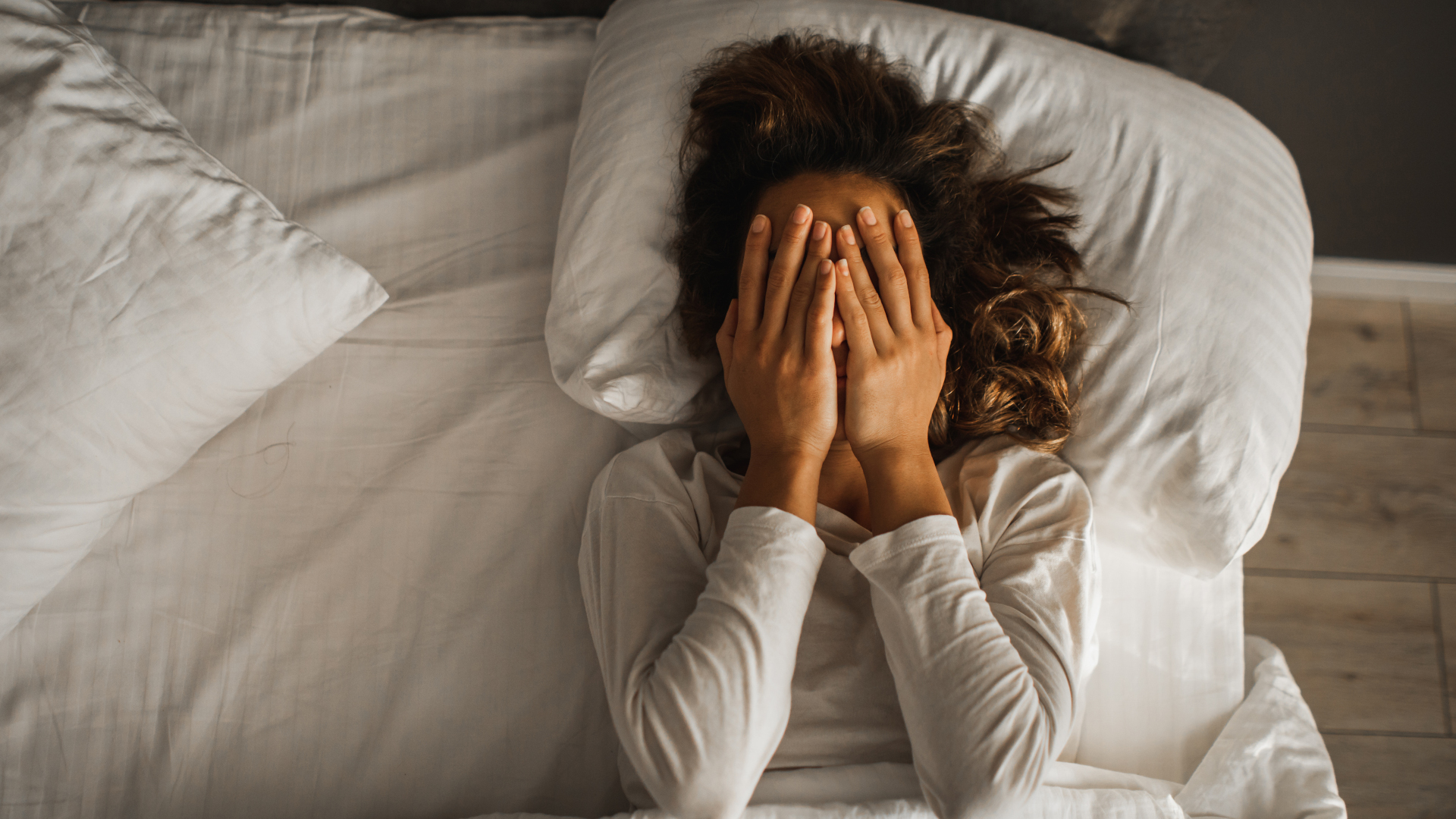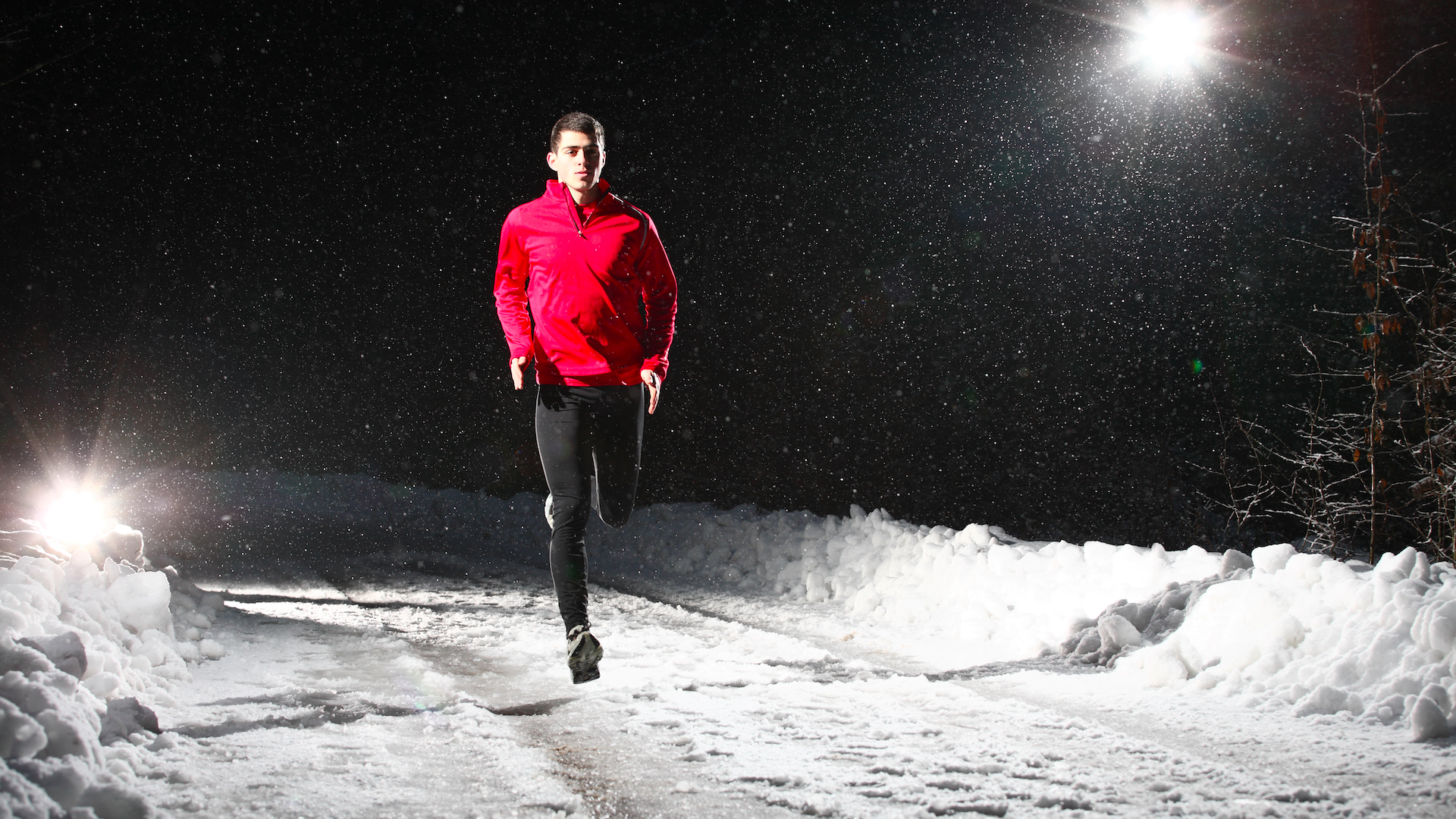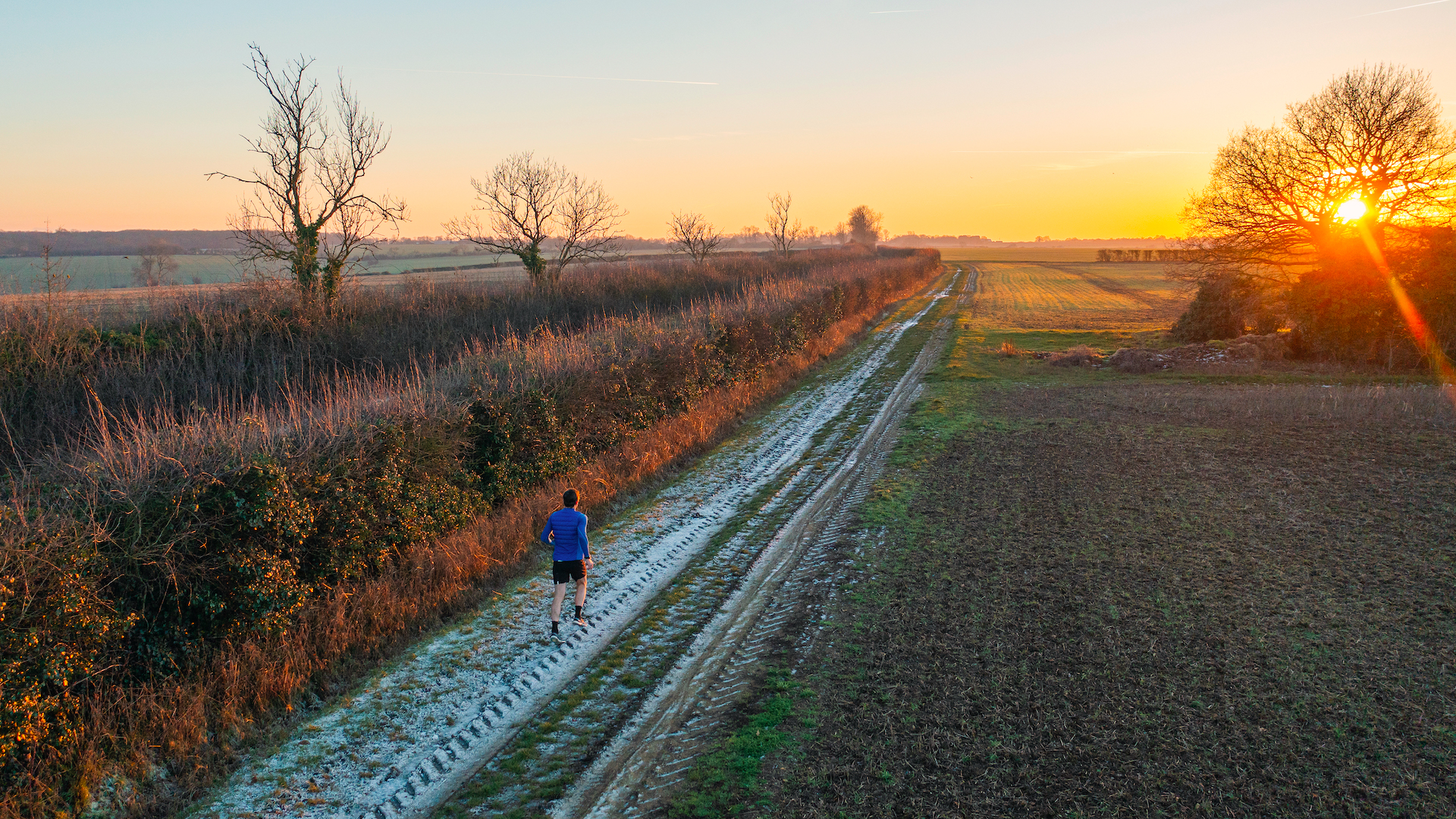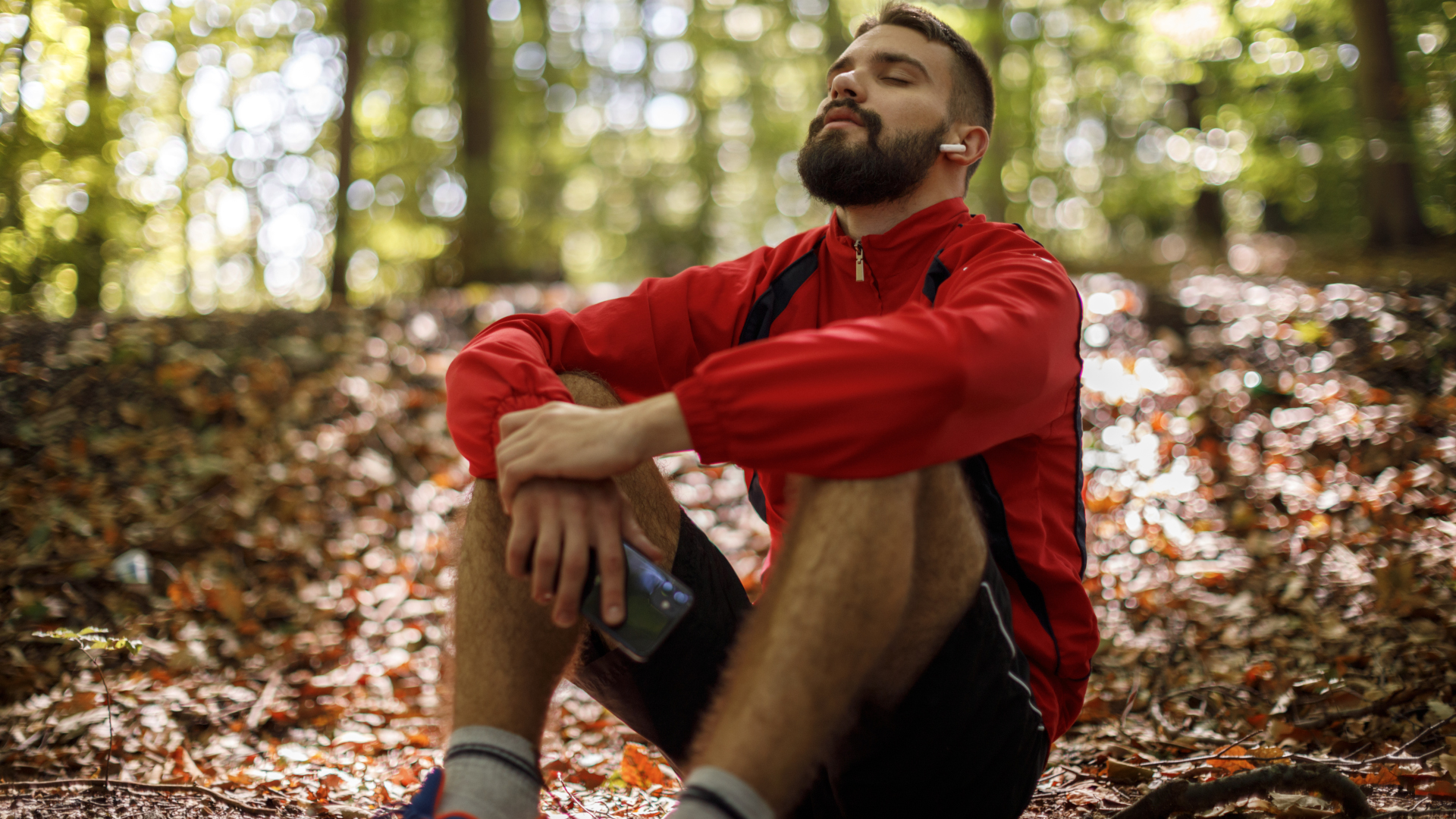
Not everyone appreciates the crunch of leaves underfoot or the majesty of a blanket of snow come the colder months. For many, it's true that the arrival of fall and winter simply means we trade our trail running shoes for snowshoes, but for some, like Michelle Hudson, impending winter brings a sense of dread.
“Ever since I was a teenager, I can remember feeling more disconnected and anxious beginning in November,” she says, noting that she knows when it started because it always aligned with her birthday, at the beginning of the month.
“As winter dragged on, I’d grow more and more withdrawn, and by the time I was in my late twenties, I struggled to even get out of bed by January,” she recalls.
Hudson suffers from Seasonal Affective Disorder, something that afflicts approximately five percent of Americans according to the American Psychiatric Association. Better known as SAD, sufferers experience symptoms similar to depression during the fall and winter when there is less sunlight availability. Symptoms can include sadness, fatigue, difficulty concentrating, changes in appetite and sleep and even suicidal ideation.

For Hudson, who grew up in Minnesota, dark winter days and cross country skiing were just a way of life. She was a ski racer in college and after graduation, unable to cope with the short days but keen to keep skiing, she moved to Colorado then Utah where she lived and worked at several ski resorts. As she puts it “at least we had a lot of sunshine.”
However, twelve years ago, she finally gave up on snow altogether. Today, aged 42, she lives in southern California with her family and while she remains active as an ultrarunner, she laments that she was unable to pursue skiing further which she puts down to her disabling SAD.
“I actually think I could have been pretty successful as a ski racer if I could have found a way to overcome it, but I basically felt like I had no control over it and in the end I just had to leave and find a place where I could function 12 months a year.”

How can SAD affect an athlete’s performance?
According to Christina Kayanan, a licensed therapist and executive director of AMFM Healthcare, a network of mental health treatment centers in California, Virginia and Washington, it’s not uncommon for SAD to have an impact on an athlete's training and performance.
“SAD is linked to changes in the body's internal clock caused by reduced daylight during winter months, which can disrupt an athlete's circadian rhythms and lead to feelings of depression or lethargy,” she explains.
Seasonal depression can affect anyone – though Kayana advises that people who live in higher latitudes or have a family history of SAD or depression and women may be more at risk – but it poses some unique challenges to athletes, especially those who perform in winter sports.
“Athletes, with their rigorous training schedules and the high demand for consistent performance, need to be especially aware of the potential for SAD to disrupt their routines.”
We all know that as an athlete, your mental state is just as crucial to your performance as your physical fitness, and if you’re an athlete struggling with SAD, you might find it curtails your training, from struggling to get out of bed in the morning to changes in appetite affecting your nutrition, energy and conditioning.
“The lack of motivation that can come with SAD may make athletes less inclined to attend practices or put in extra effort during their training,” says Kayanan, who explains that athletes in team sports might have decreased social interaction with teammates during the winter, which can harm team chemistry and overall morale. Meanwhile, for any athlete, a disruption to their training schedule could increase the risk of injury, which could have significant ramifications for an athlete’s career.

Expert tips for athletes living with SAD
If you are an athlete struggling with SAD, there may not be any known cure but there are steps you can take that don’t necessarily involve relocating in order to cope better during the dark months, starting with something as simple as using a light box like this one on Amazon.
“Light therapy can be beneficial – exposure to a light box that mimics natural daylight can help regulate the body's internal clock,” advises Kayanan. Turn on your light box as soon as your alarm goes off, or turn on the lights if you don’t have one, then start your day with some light movement and practice deep breathing to manage stress and focus your thoughts. If this is all new to you, you can start with our warm up exercises for running and meditation for runners to help get in the right mindset for the workout ahead.
Next, she says, it’s crucial that you get outside, even when you really don’t want to – after all, outdoor exercise (otherwise known as green exercise) is known to be an effective mood-booster.
“Once up, move to outdoor training; whenever possible, athletes should try to train outdoors to take advantage of natural sunlight.”
If you are living in a place where the elements are particularly brutal at this time of year, read our tips on how to layer for winter and consider winter traction devices for sports like hiking and running. As we’ve previously written about, morning sunlight is particularly beneficial to your health and you’ll get some benefit even when the sun is low.

If these tips sound a little too simplistic, know that they can be useful in helping you to manage SAD as an athlete. That said, Kayanan does advise that you seek extra help in cultivating a more balanced and sustainable lifestyle and training regimen through the winter.
“The mind is a powerful player, so get a 'training buddy' for your brain, too.”
By that, she means a therapist, counselor, someone who understands what she calls “the mind game.” It’s important to remember that if you’re struggling to manage SAD alone, you really might need to recruit extra help to cope, as well as to maintain your performance through the winter.
“Athletes have a mindset that they are only responsible for their success through hard work and determination, however when it comes to mental health there is strength in asking for help and support.”







